The Coalition has released its Economic analysis of including nuclear power in the National Electricity Market (NEM) report outlining its nuclear energy plan modelling, as researched by Australian-headquartered economic consultancy Frontier Economics.
Including costs associated with Queensland, New South Wales (NSW), Victoria, Tasmania and South Australia only, the report follows Australian Energy Market Operator (AEMO) Step Change and Progressive scenarios as a basis for its cost analysis of nuclear power in those five states.
Lead report author and Frontier Economics Managing Director Danny Price said comparing the costs of nuclear with renewables isn’t comparing apples to apples.
“We’ve done the modelling in these AEMO scenarios with a wider, and more detailed lens on how the two options compare in real life, and the data speaks for itself,” Price said.
“In both scenarios, including nuclear power in our energy mix is cheaper – by up to 44% – for Australians in the medium-term future.”
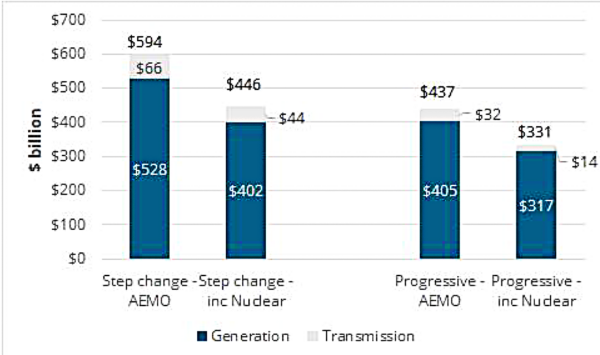
Image: Frontier Economics
The report’s key assumptions about nuclear power are, capital costs of $10,000 / kW of capacity, capital costs that improve 1% per year based on conservative learning rates for repeated commissioning of a technology type, and variable and non-capital fixed costs of $30 / MWh, including decommissioning costs.
It says if AEMO’s Progressive scenario used nuclear power, the total NEM system costs can be reduced by $106 billion from $437 billion to $331 billion, or about $4 billion per annum, which is 25% cheaper than AEMO’s renewables and storage approach.
The report says the Coalition’s view about the energy transition is more consistent with the progressive scenario including nuclear power, which is 44% cheaper at $331 billion compared to the federal government’s preferred AEMO Step Change scenario, which is estimated to cost $594 billion in the report modelling.
The report assumes there will be a strong growth in renewables and storage along with the development of nuclear and anticipates renewables will continue to dominate electricity generation to consumers.
Australian Academy of Technological Sciences and Engineering (ATSE) Energy Forum Executive and Australian National University Emeritus Professor in Physics Professor Ken Baldwin said even under the progressive change scenario the vast majority of power generation by the proposed start date for nuclear in 2036, will be solar and wind.
“By the time the Coalition plans for nuclear power to be operational in the late 2030s, renewables will eat into the business model of both coal and nuclear, particularly in the middle of the day,” Baldwin said.
University of New South Wales (UNSW) Nuclear Innovation Centre Associate Professor Edward Obbard said the prevailing media and political narrative of comparing nuclear against renewables as if they represented fundamentally different futures for Australia is a false choice, and in fact, nothing more than a clever way to procrastinate meaningful climate action.
“I therefore welcome the current costings because they are an essential step towards properly appreciating the interplay between nuclear and renewables in a modern electricity grid, that leads to both reduced environmental footprint and higher value, more reliable power,” Obbard said.
This content is protected by copyright and may not be reused. If you want to cooperate with us and would like to reuse some of our content, please contact: editors@pv-magazine.com.
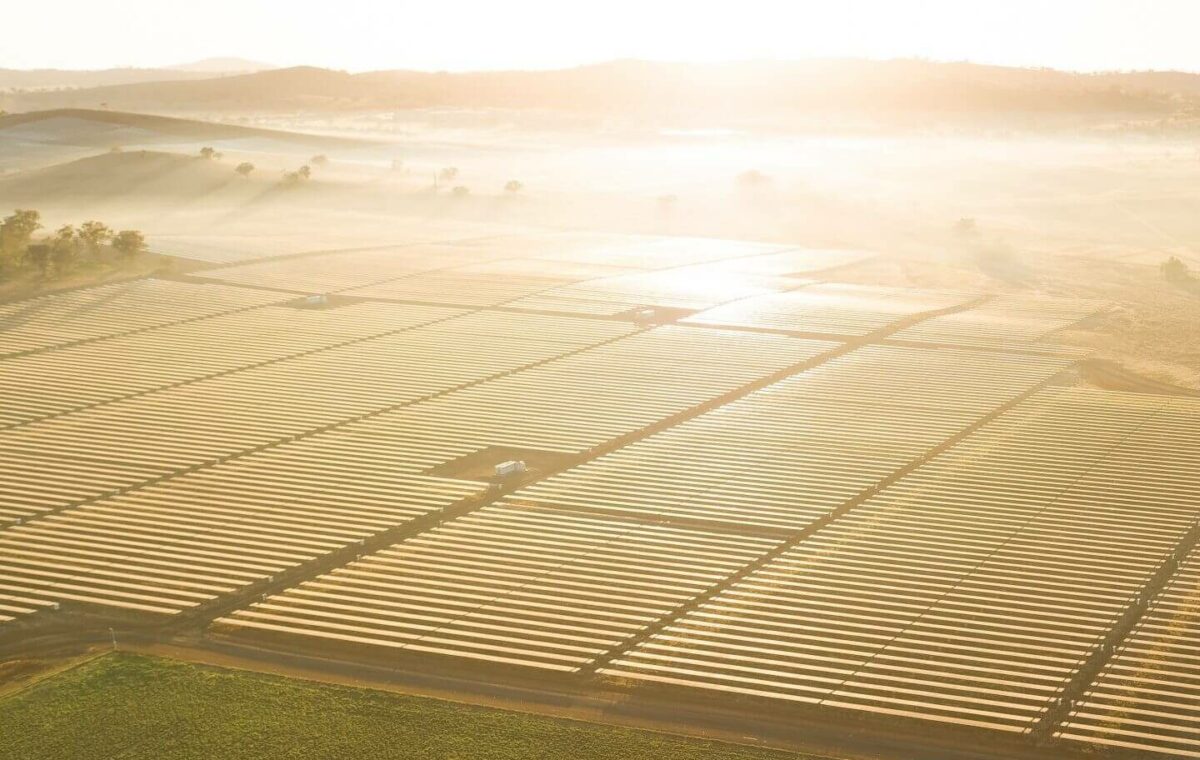
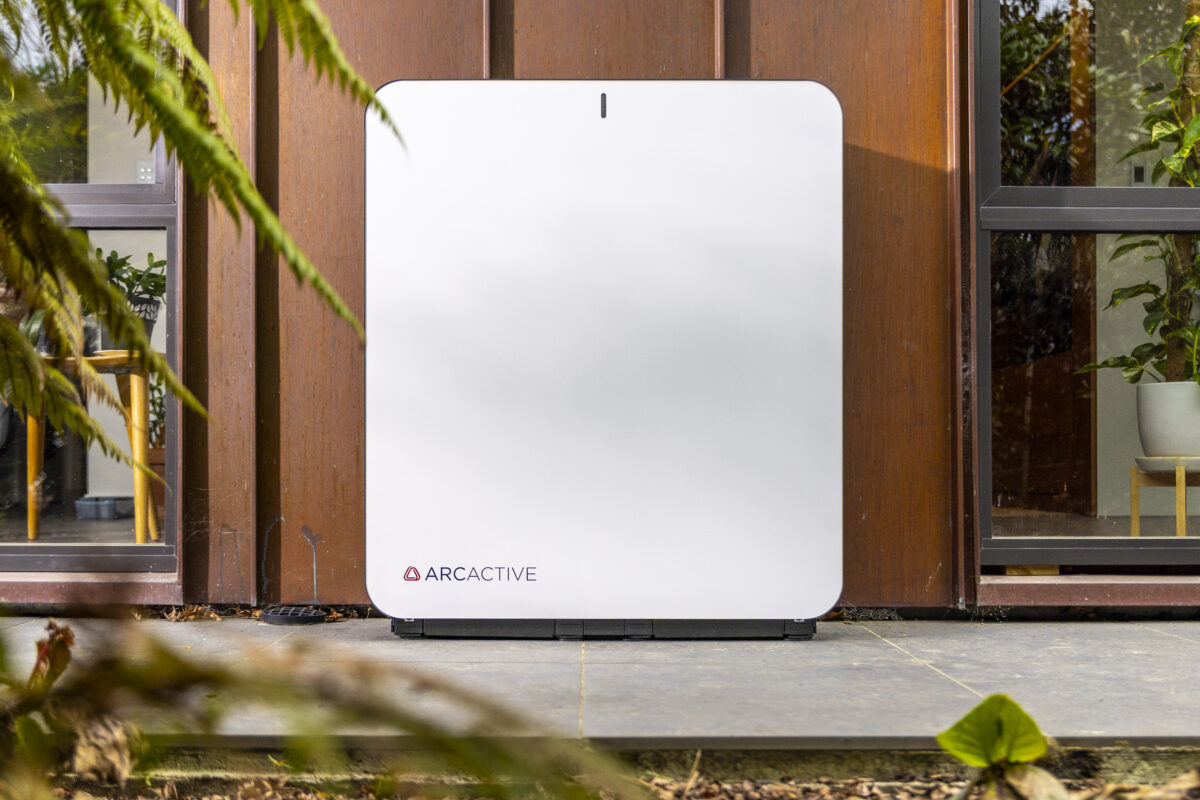

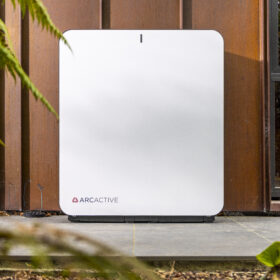
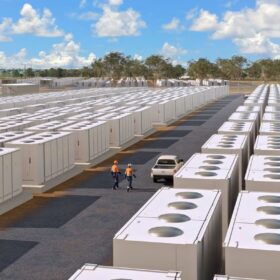
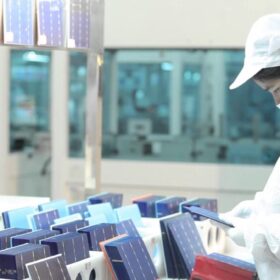
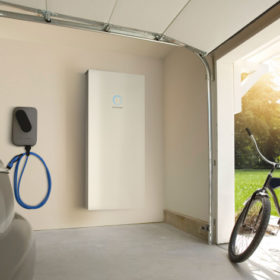
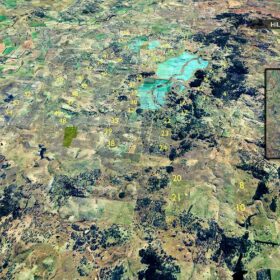
2 comments
By submitting this form you agree to pv magazine using your data for the purposes of publishing your comment.
Your personal data will only be disclosed or otherwise transmitted to third parties for the purposes of spam filtering or if this is necessary for technical maintenance of the website. Any other transfer to third parties will not take place unless this is justified on the basis of applicable data protection regulations or if pv magazine is legally obliged to do so.
You may revoke this consent at any time with effect for the future, in which case your personal data will be deleted immediately. Otherwise, your data will be deleted if pv magazine has processed your request or the purpose of data storage is fulfilled.
Further information on data privacy can be found in our Data Protection Policy.